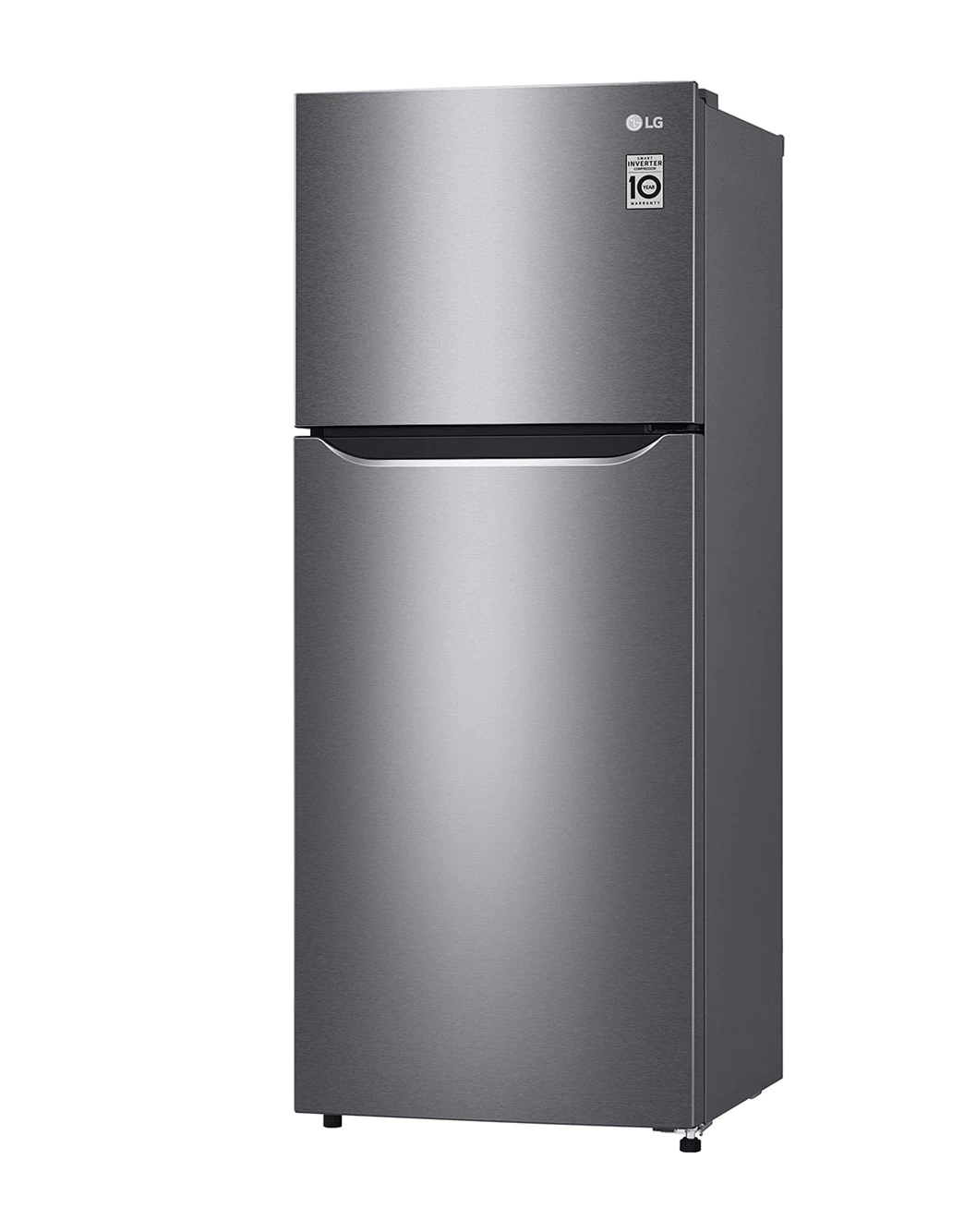When it comes to managing your kitchen efficiently, knowing the specifics about your appliances’ power usage is crucial. At TheKitchenApplianceDad.com, we often dive into the nuts and bolts of appliance specifications to help you make informed decisions and ensure your kitchen runs smoothly. Today, we’re focusing on a common household question: “How many amps does a refrigerator use?”
Before we delve into specifics, let’s clarify what we mean by “amps”. Amperage, or current, is a measure of the flow of electricity as it moves through wires. It’s a crucial component to consider because it directly relates to the load your home’s electrical system can handle. Understanding the amperage of your refrigerator helps ensure that your appliance operates safely without overloading your home’s electrical circuit.
Most household refrigerators run on a standard 120-volt electrical outlet and typically draw between 3 to 6 amps of current, depending on size, model, and type. However, it’s important to note that the starting amperage can be three times higher than the running amperage. This surge accounts for the initial kick-start the compressor needs to turn on. Here’s a breakdown:
For a regular-sized refrigerator found in most homes, the running amps are usually about 6 amps. However, when the fridge kicks into a cooling cycle, this number can momentarily jump much higher to start the compressor.
Smaller fridges, such as under-the-counter models or mini fridges, typically use less electricity. They can run on 1.5 to 2 amps when operating normally but still may surge on startup.
High-end models, especially those with additional features like in-door ice makers, water dispensers, or digital display panels, can require more power. These can average around 10 amps or more, particularly during the start of a cooling cycle.
Several factors can affect how many amps a refrigerator uses. Here are the most critical ones:
Generally, larger refrigerators will draw more amps. More internal space means more air needing cooling, which requires more work from the compressor.
Older models tend to be less efficient and might use more power compared to newer, energy-efficient models.
Different types of refrigerators, like side-by-side, top-freezer, bottom-freezer, or French-door, have different energy needs.
Features such as ice makers, water dispensers, and quick-cooling compartments can increase power usage.
The ambient temperature where the fridge is located also plays a role. A refrigerator in a hot garage, for instance, works harder than one in a cool, air-conditioned space.
If you want to measure your refrigerator’s exact amperage, you can use a clamp meter. This tool allows you to clamp around one of the wires without interrupting the circuit. Here’s how to do it safely:
For those who prefer not to DIY, calling a professional electrician is always recommended.
Understanding the amperage draw of your refrigerator can help you estimate its impact on your energy bill. To calculate this, you’ll need to know how many hours a day the refrigerator runs and the cost per kilowatt-hour (kWh) charged by your utility company. Although refrigerators are constantly plugged in, they cycle on and off depending on the internal temperature.
By keeping these points in mind, you can better manage your kitchen appliances and potentially reduce your energy consumption. Remember, the key to efficient appliance use is understanding their operational demands and impact on your home’s electrical system. At TheKitchenApplianceDad.com, we’re always here to help you navigate thesecomplexities and make your home as efficient as possible. Happy cooling!

